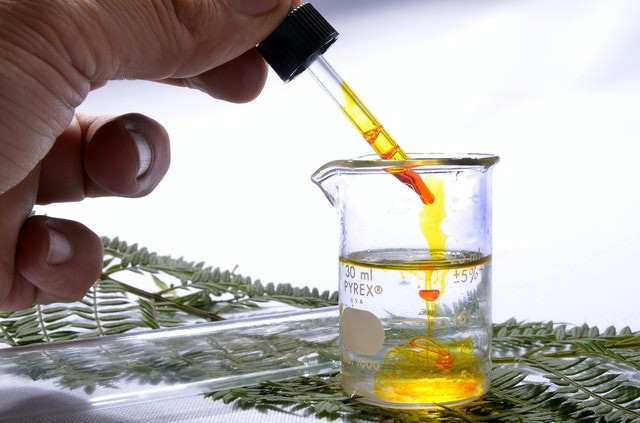The root of the discovery of a research team involving a new type of nanocrystal gel is found to be easily tunable which means it can be switched between two different conditions by changing the temperature.
As indicated in a Phys.org report, new application in energy, defense and telecommunication could receive an enhancement after researchers from the University of Texas at Austin developed a new nanocrystal gel.
This is a gel composed of tiny nanocrystals each 10,000 time tinier than the width of a human hair that are associated with an organized network.
The change in temperature means that the material can function as an optical filter which absorbs various frequencies of light depending on its condition, be it gelled or not.
Therefore, it could be used, for instance, on the outside of buildings to regulate heating or cooling dynamically. Such a type of optical filter has applications too, for defense, particularly for thermal camouflage.
ALSO READ: Infrastructure Technology Can Add the Sense of Touch to AR and VR Experiences

The laboratory experiments enabled the research team to see the material shift back and forth between two conditions of gel and not-gel that’s free-floating nanocrystals suspended in liquid, that they stimulated by particular changes in temperature.
Nanocrystal Gels
Essentially, the gels can be customized for such extensive applications since both the nanocrystals and the molecular linkers that's connecting them into networks are "designer components."
The study published in Science Advances showed that nanocrystals can be "chemically tuned to be useful for routing communications through fiber optic" networks or retain the space craft's temperature steady on remote planetary bodies.
Linkers can be created to lead gels to switch based on ambient temperature or identification of environmental contaminants.
According to professor and chair of Delia Milliron from the McKetta Department of Chemical Engineering in the Cockrell School of Engineering, one should change the seeming heat signature of an object by altering its skin's infrared properties. She added it could be useful as well for telecommunications which are all using infrared wavelengths.
Changing Between Gel and Not-Gel States
The research team led by Jiho Kang and Stephanie Valenzuela, graduate students, conducted this study through the Center for Dynamic and Control of Materials of the university, a National Science Foundation Materials Research Science and Engineering Center bringing together engineers and scientists throughout the campus to collaborate on material science study.
The laboratory experiments enabled the research team to see the material shift back and forth between two conditions of gel and not-gel that's free-floating nanocrystals suspended in liquid, that they stimulated by particular changes in temperature.
Supercomputer simulations carried out at Texas Advanced Computing Center helped them better understand what was going on in the gel at the microscopic level when heat was used.
Based on theories of physics and chemistry, the stimulations showed the types of chemical bonds holding the nanocrystals together in a single network and the manner such bonds are breaking when hit with heat, leading the gel to break down.
A similar Bioengineer.org report said this is the second distinctive nanocrystal gel the team developed and they have continued pursuing advances in this field.
Kang is presently working to develop a nanocrystal gel that can change between four states to make it even more multipurpose and useful.
Such a gel would be a blend of two different nanocrystal types, each with the ability to switch between states in response to chemical indications or changes in temperature. Such tunable nanocrystal gels are also known as "programmable materials."
Related information about nanocrystal gels is shown on American Chemical Society's YouTube video below:
RELATED ARTICLE: Cracked Cellphone Screens: Research Unveils How Self-Healing Polymers Can Help Fix Your Device Fast and Cheap
Check out more news and information on Nanotechnology in Science Times.













![Earth's Quasi-Moon Kamo‘oalewa Could Originate From Lunar Surface Not Asteroid Belt [Study]](https://1721181113.rsc.cdn77.org/data/thumbs/full/53275/258/146/50/40/earths-quasi-moon-kamo-oalewa-could-originate-from-lunar-surface-not-asteroid-belt-study.png)
